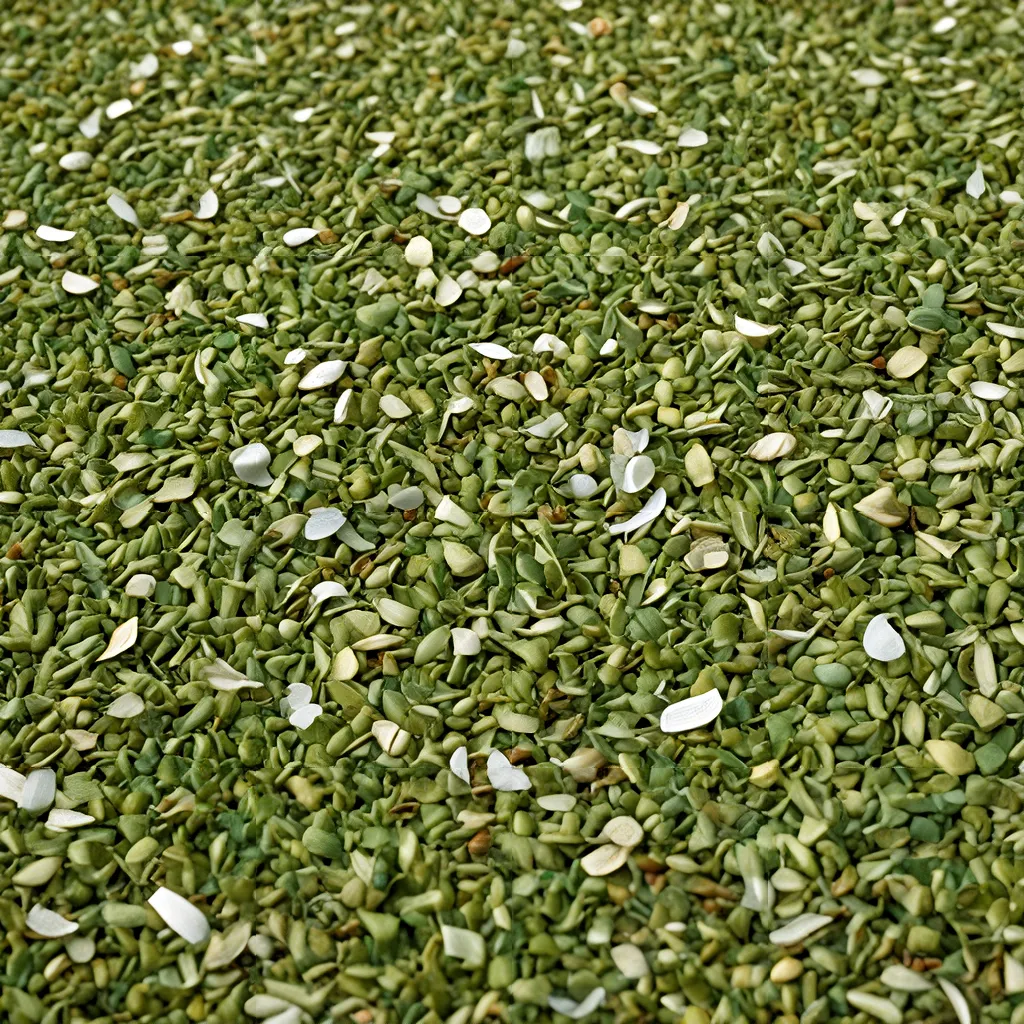
Unearthing the Biofuels Gold Rush
I’ll never forget the day I first heard about the biofuels gold rush. It was back in 2010, when I was just a fresh-faced researcher at the University of Kentucky Center for Applied Energy Research (UK CAER). My colleague, Dr. Mark Crocker, gathered us all together and announced that we were embarking on a mission to turn lignin – that pesky, often-overlooked byproduct of the paper industry – into a treasure trove of valuable aromatic compounds.
As Crocker explained, cellulose has long been the darling of biofuels researchers, with its potential to be converted into fuels and chemicals. But lignin? That was just the unwanted side-kick, destined to be burned as low-grade fuel or tossed into landfills. Little did we know, we were about to uncover a genuine biofuels breakthrough.
Striking Liquid Gold
Fast forward to today, and the team at UK CAER has done the unthinkable – they’ve found a way to transform that seemingly useless lignin into a veritable goldmine of high-value aromatic compounds. And the secret ingredient? Gold nanoparticles.
As the Royal Society of Chemistry’s Chemistry World publication reported, Crocker’s group has discovered a novel catalytic system that can selectively break down the abundant β-O-4 linkages within lignin. The result? A bounty of aromatic monomers like vanillin, vanillic acid, and syringaldehyde – compounds that are in high demand for the food, fragrance, and pharmaceutical industries.
“I am very lucky to have struck gold, given this project,” quipped Yang Song, the PhD student who helped lead the research. “A lot of time and effort went into the work, but the results we obtained would not have been possible without the help of all our collaborators and colleagues here at CAER.”
From Waste to Wealth: The Biofuels Bonanza
But why all the fuss over lignin, you ask? Well, let me tell you – this humble byproduct of the pulp and paper industry is the key to unlocking a whole new world of biofuels and biochemicals. You see, while cellulose has long been the darling of the biofuels world, the Chemistry World article points out that only 2% of leftover lignin is currently converted into valuable materials. The rest? Relegated to the status of low-grade fuel or landfill fodder.
That’s where the UK CAER team comes in, with their game-changing discovery. By harnessing the power of gold nanoparticles, they’ve found a way to break down lignin and unlock a treasure trove of high-value aromatics. And the best part? These compounds have a market value ranging from $4,000 to $14,000 per tonne – a 5,000-fold increase in value compared to their previous role as waste!
The Race to Commercialize Lignin
Now, I know what you’re thinking – if this technology is so groundbreaking, why aren’t we seeing it on the shelves of our local energy-saving products stores yet? Well, the truth is, this research is still in its infancy. As Crocker himself admitted, “Further research is needed before someone could commercially manufacture these aromatics.”
But that hasn’t stopped the team at UK CAER from pushing the boundaries of what’s possible. They’re working tirelessly to scale up the process, optimize the catalysts, and explore new applications for these valuable biobased chemicals. And they’re not alone – researchers around the world are racing to unlock the full potential of lignin, with breakthroughs happening left and right.
Waste Not, Want Not: The Circular Bioeconomy
But the story doesn’t end there. You see, the UK CAER team’s lignin breakthrough is just one part of a much bigger picture – the move towards a circular bioeconomy. As researchers from the University of Manchester have shown, the same principles can be applied to a wide range of agricultural waste materials, from sugarcane to wheat straw.
By developing consolidated biodegradation-biotransformation strategies, these scientists have found a way to transform low-value waste into high-value chemical building blocks. And the best part? This process can be remarkably cost-effective, with the entire transformation taking place in a single vessel.
“Sustainable production of fine chemicals and biofuels from renewable biomass offers a potential alternative to the continued use of finite geological oil reserves,” explained Dr. Neil Dixon, who led the Manchester study. “However, in order to compete with current petrochemical refinery processes, alternative biorefinery processes must overcome significant costs and productivity barriers.”
The Biofuels Bounty: Fueling a Sustainable Future
So, what does all this mean for the future of biofuels and energy-saving products? Well, my friends, we’re on the cusp of a revolution. As the world continues to grapple with the challenges of climate change and dwindling fossil fuel reserves, the race is on to find renewable, sustainable alternatives. And if the breakthroughs at UK CAER and the University of Manchester are any indication, the future is looking brighter than ever.
Imagine a world where our trash is transformed into treasure – where waste biomass is no longer consigned to the scrapheap, but instead becomes the feedstock for a thriving bioeconomy. It’s a future where energy-saving products are powered by biofuels made from the very materials we used to discard, and where the aromatic compounds derived from lignin find their way into the everyday products we use and love.
It’s a future that’s within our grasp, and the researchers at the forefront of the biofuels gold rush are showing us the way. So let’s keep our eyes peeled for the next big breakthrough, and get ready to embrace the dawn of a truly sustainable energy revolution.